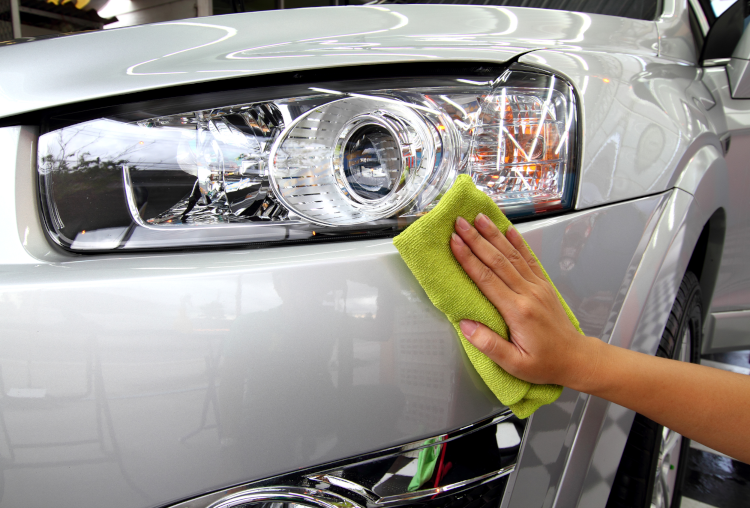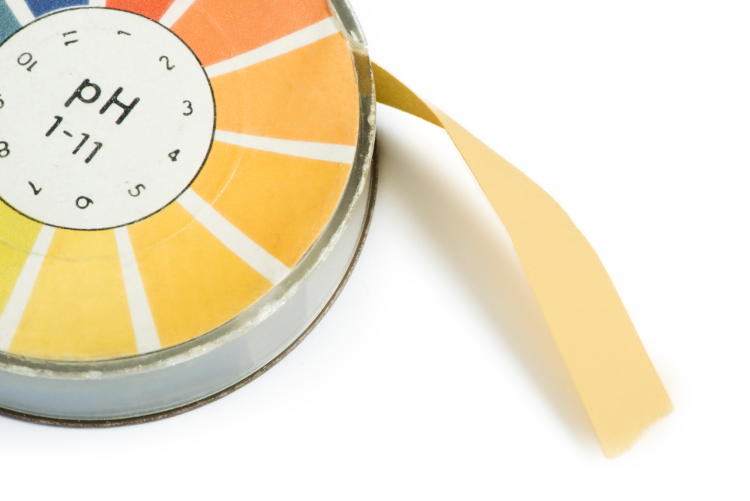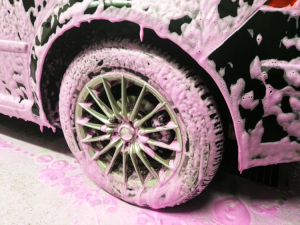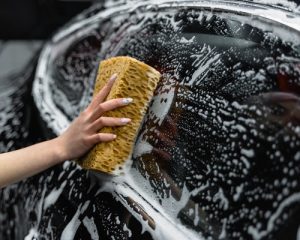
How to make sure your car wash or triple foam colorant doesn’t stain the car!
When you add dye to your detergent formula to make a triple foam that will be used to completely clean a car, the LAST thing you want is for that foam to stain the car.
Or in industry-speak: SMURF the car.
Unfortunately, it’s all too easy to use the wrong dye and Smurf the cars that come through your facility. It happens all the time.
Using the right dye that not only generates a colorful foam but washes off completely is a bit more difficult – but not if you do a little “homework” before selecting your triple foam colorant.
Here are your top two tips if you want to avoid Smurfing the cars.
#1. Know your pH

With a wide pH range, typically from 2 to 13 in car wash detergents, the availability of colorants that are stable to the extremes of this range is quickly narrowed. So before you choose your colorant, you want to test and identify the pH of your detergent.
If you don’t choose a dye that is pH stable for your detergent, you will run into a few major problems:
- Settling-Out of Dye
Incompatibility of colorant and detergent formulation can cause a reaction that causes the dye to settle out of solution – as a sludge or particulate - Color Change
The effect of an incompatible pH can affect one of the colors in a shade mixture, more than the other colors, altering the overall shade over time - Color Disappearance
As above, incompatible pH can actually alter the dye’s chromophore and destroy the color itself
For formulators, ideally you want to have a standard line of dyes that are stable for the entire pH range of your detergent product lines.
Word of caution: sometimes you may not be able to achieve the exact color shade you desire. But the peace-of-mind benefit of knowing the dyes are pH-stable in all of your detergent formulations – and that your products won’t ruin anyone’s car – far outweighs any shade differences.
#2. Know Your Dye

Another concern in the selection of colorants is the potential staining characteristics of the dye.
Dye classes that are typically used in car wash detergent formulations are acid dyes, basic dyes, and fugitive tints. And each has different staining properties on materials such as leather, vinyl, and rubber due to their different pH. This means that if a detergent meant for rubber comes in contact with leather upholstery, it could inadvertently stain the material.
So this is a very important consideration when formulating your detergents.
Basic dyes typically have a high degree of staining, but have an affinity for a certain pH range and have a favorable economics. Some Basic dyes can be used at low concentrations with no staining.
Acid dyes stain medium-to-minimum, and have an affinity (and good economics) for certain pH ranges – however, staining propensity is dye color and concentration dependent.
Fugitive tints stain minimum-to-none – but come with a high price tag.
In all of these cases, the degree of staining is dependent on how high of a colorant concentration is used and the substrate the colorant is being applied to. Sampling of the dye/triple foam formulation is strongly encouraged so that any incompatibility issues can be identified and adjusted for.
In Summary
When choosing which dye to use for your auto triple foam – or any auto detergent – there are many considerations if you want to formulate the best product that will clean the car with a rich, colorful foam that doesn’t leave costly, ugly stains.
Identifying the pH of your colorant so you can match it properly to your detergent and the car material it is intended to clean is your first step to creating your best product.
For additional tips and considerations when formulating your detergents, check out our Technical Guide: “How to Choose the Right Detergent Color”.



